Ixigo’s parent, Le Travenues Technology, refiles draft papers with SEBI to raise funds via IPO
Continue reading
Upcoming IPO Lists and Detailed Analysis of the Company.

Ixigo’s parent, Le Travenues Technology, refiles draft papers with SEBI to raise funds via IPO
Continue reading
The Indian stock market is gearing up for a week buzzing with activity, especially in the small and medium enterprise
Continue reading
Thinking of grabbing a piece of India’s growing flexible workspace market? Awfis Space Solutions, a leading player in this space,
Continue reading
The busy IPO season continues! As mainboard and SME profiles both buzz with activity, another name is all set to
Continue reading
There’s enough and more to keep Dalaal Street on its toes, with several IPOs opening and companies listing this week.
Continue reading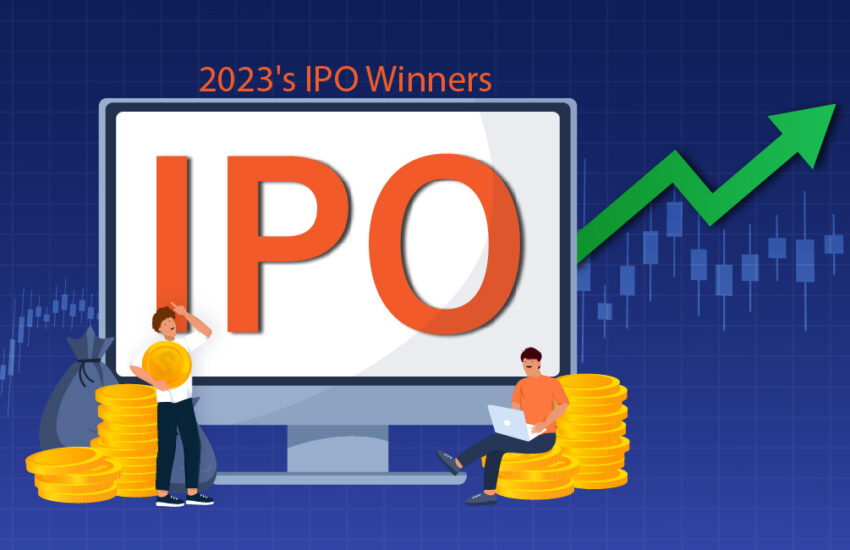
2023’s high-return IPOs were on the mainboard, where, out of the 60 companies that went public, 13 saw their share prices soar. Here’s a look at the same!
Continue reading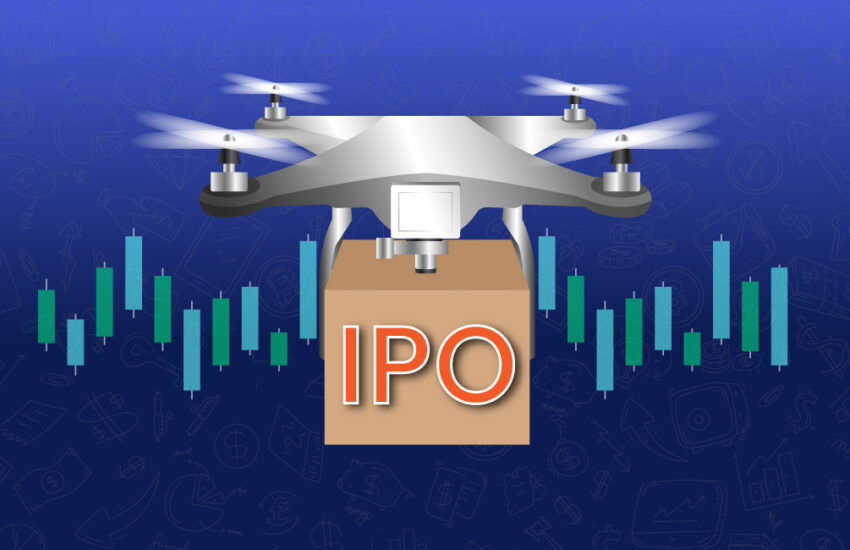
Introduction Drones are gaining importance in various sectors like defense, security, agriculture, and industrial inspection. They provide real-time information and
Continue reading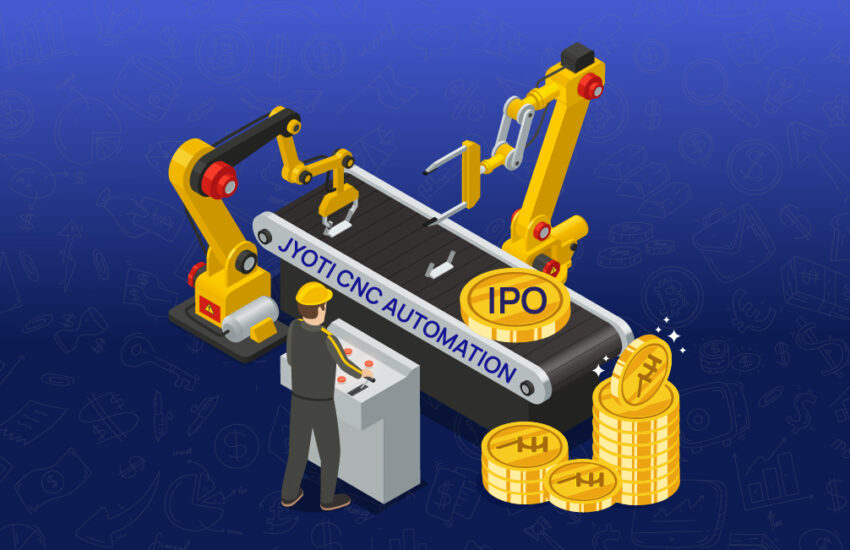
Introduction 2024 starts with a bang as Jyoti CNC Automation Limited announces its Initial Public Offering (IPO), marking the beginning
Continue reading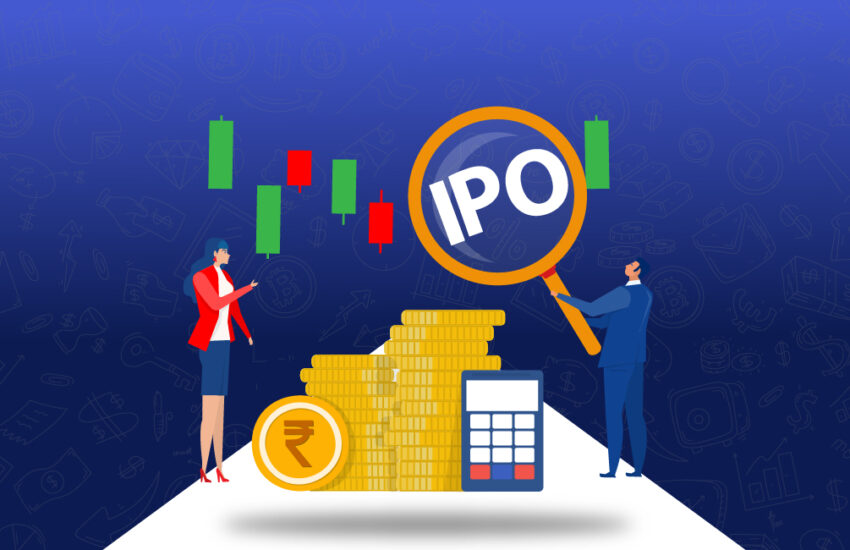
The Indian stock market is experiencing a huge influx of initial public offerings (IPOs) as companies capitalize on investor optimism
Continue reading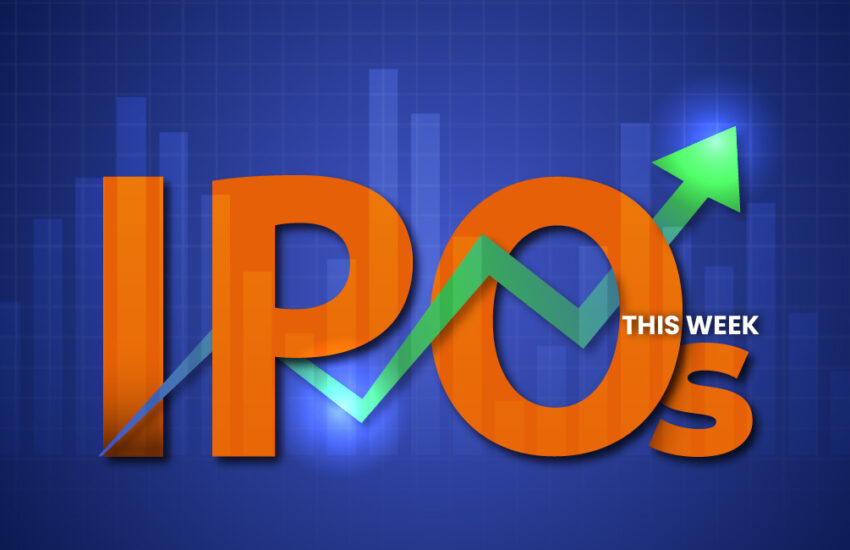
This week, there is a lot of excitement in the stock market, with 12 companies preparing to launch their initial
Continue reading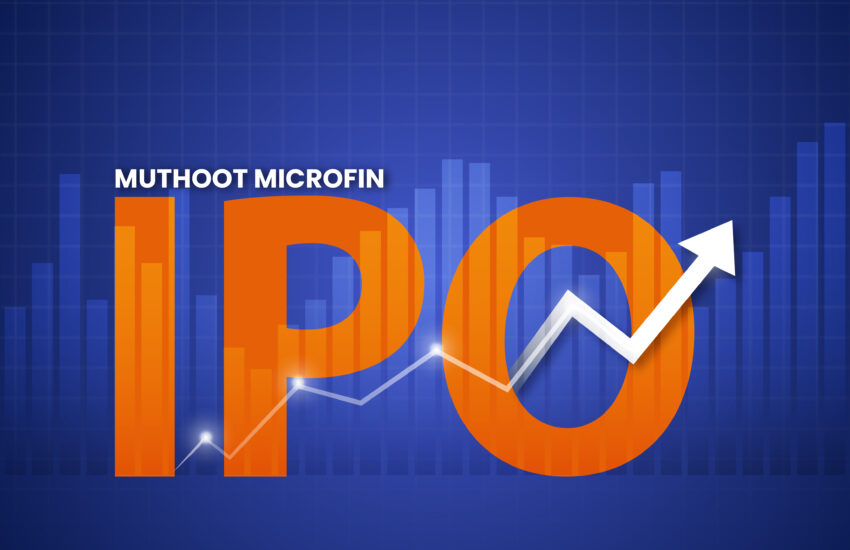
As the subsidiary of the Muthoot Group, a leader in India’s microfinance sector, opens for subscription on 18 December 2023, here are the 10 vital things investors must know.
Continue reading
In engineering, ball bearings find applications in various industries and machinery where rotational movement is essential. The bearing cage is
Continue reading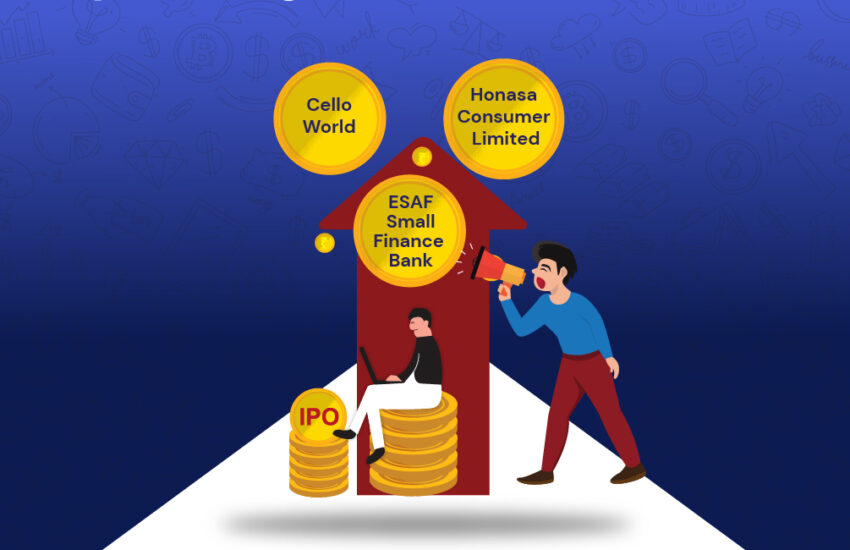
Introduction It’s November, which is time for Upcoming IPOs in November 2023. In the financial world, Initial Public Offerings (IPOs)
Continue reading
The skincare and wellness industry has evolved in the past few years, and Mamaearth has been a forerunner. Honasa Consumer
Continue reading
Recently, Valiant Laboratories, a prominent Indian pharmaceutical ingredient manufacturer, made its foray into the world of IPOs. Here is a brief overview of its subscription status, allotment date and more.
Continue reading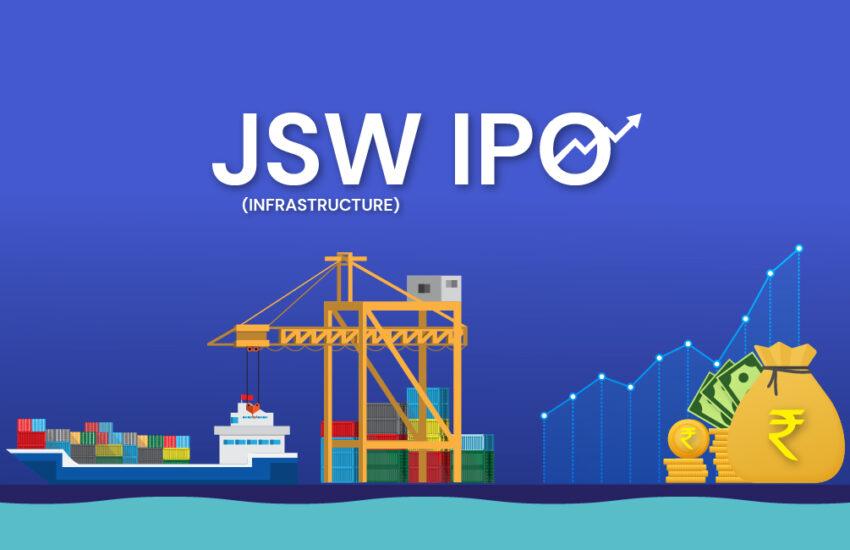
JSW Infrastructure, a maritime services provider, made a significant entrance into the world of initial public offerings (IPOs). So, we created a step-by-step guide below on how to check JSW IPO allotment status.
Continue reading
In a highly price-sensitive market like India, where a slight difference in airfare and hotel charges leads to users switching
Continue reading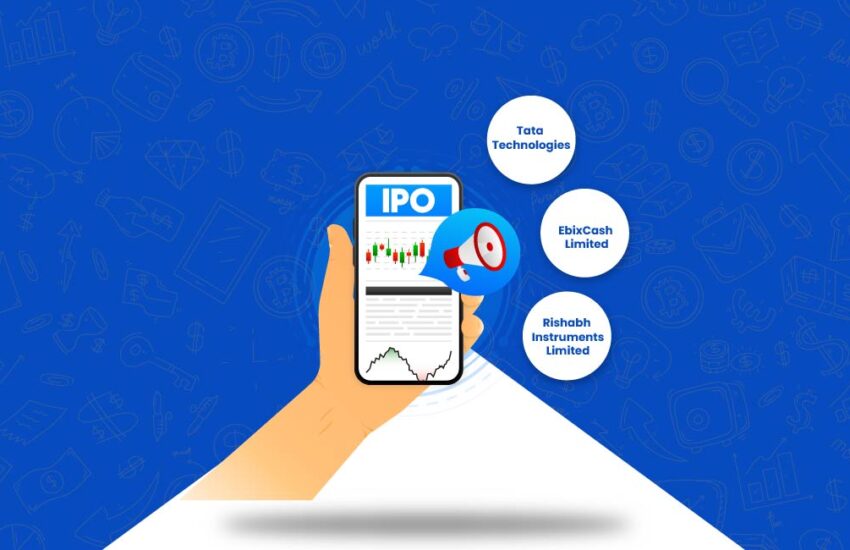
The Indian stock market is experiencing a frenzy as indices reach record highs. Private companies are taking advantage of the
Continue reading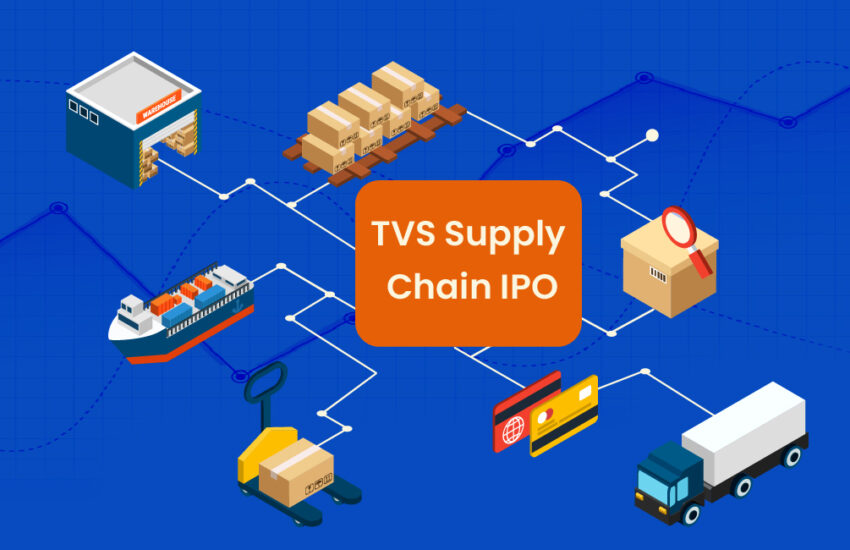
Introduction The TVS Supply Chain IPO just closed on 14th August 2023. If there is one thing that the world
Continue reading
Introduction The gems and jewelry sector in the Indian stock market is gearing up for another addition, as Senco Gold
Continue reading